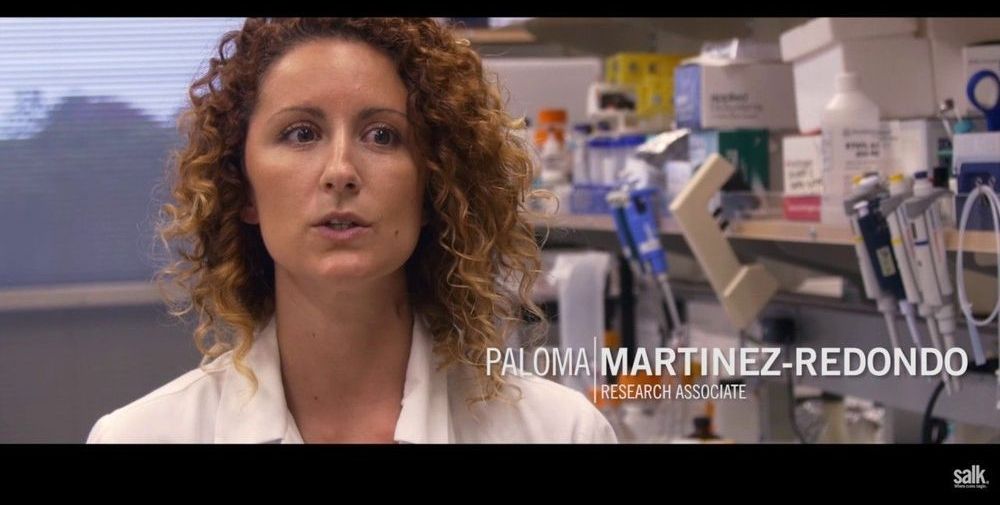Today, we chronicle the progress of OSKM and discuss how this powerful treatment may be able to reprogram cells back into a youthful state, at least partially reversing the hallmark of epigenetic alterations and other hallmarks as well.
The birth of cellular reprogramming
In 2006, a study by Drs. Takahashi and Yamanaka showed that it was possible to reprogram cells using just four master genes named oct4, sox2, klf4, and c-myc, or OSKM for short [1]. Prior to this, it was assumed that egg cells (oocytes) would contain a complex array of factors needed to reprogram a somatic cell into becoming an embryonic cell. After all, the feat of transforming an aged egg cell and reprogramming it to make a new animal must be controlled by many factors present in the egg cell, or so they thought.
